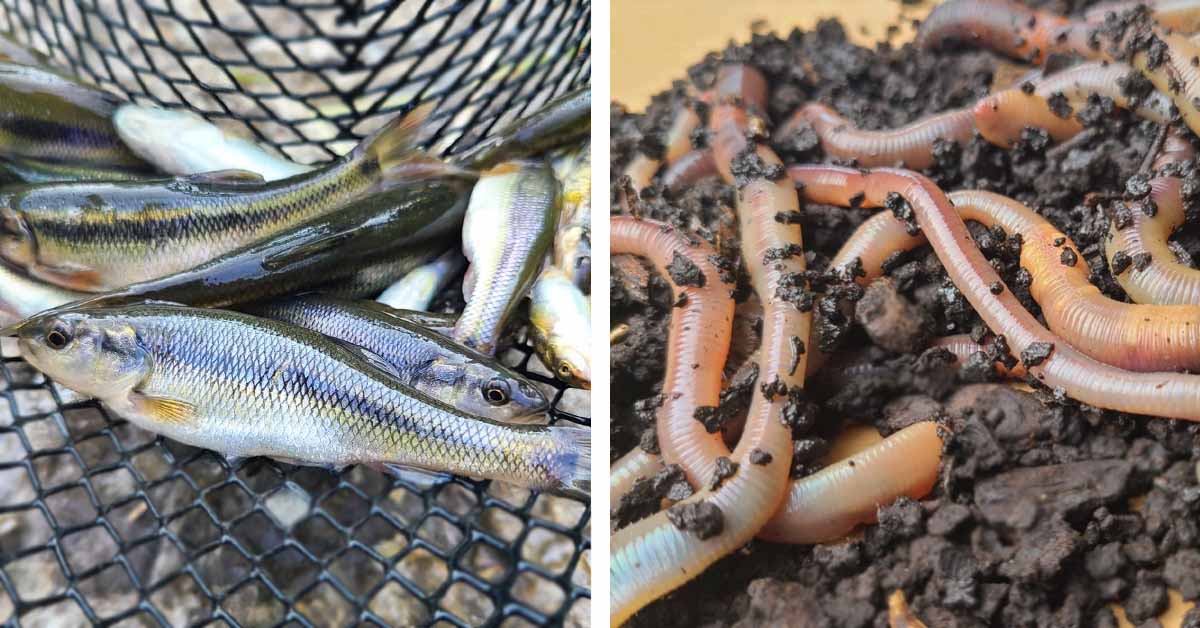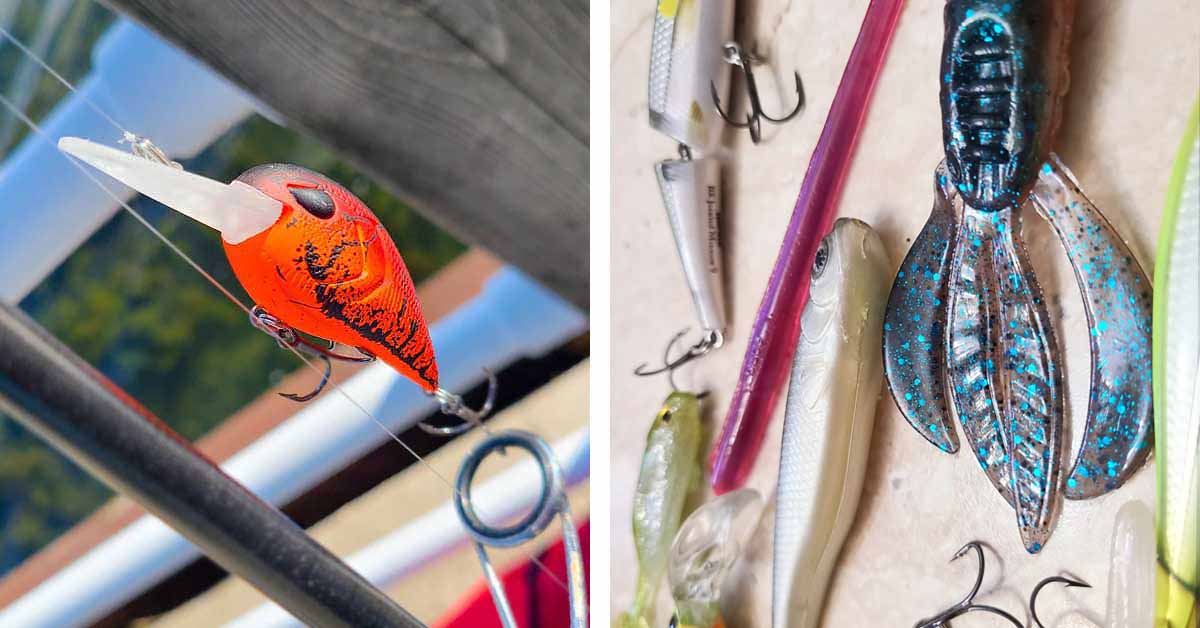Live Bait vs. Artificial Bait
For the most part, there are two distinctly different types of fishing bait to choose from: live bait and artificial bait. The type of bait you decide to start with will determine the approach, gear, and tackle you will need to purchase.
Live Bait
Examples: worms, minnows, frogs, leeches, grubs, crayfish, etc.

Pros:
∙ There's nothing better than the real thing
∙ They will attract different types, sizes, and species of fish
∙ Alive, therefore they are naturally smelly, active, and the main source of food for fish
∙ Fish bite and don’t let go
∙ In the long run they cost less than artificial bait and can even be free if you find the right location and have the right equipment to catch them
∙ You can literally set up your line and wait for the fish to come to you
∙ If they're hungry, this is the go-to bait
∙ A beginner angler’s secret weapon
Cons:
∙ Messy and smelly
∙ Inconvenient to store, transport, and keep fresh
∙ Not as durable as artificial bait
∙ Once you use them, they’re gone
∙ Bait and tackle stores that supply them are few and far between
∙ Will attract any and all fish making it harder to target specific species as a result
∙ Can bring harm to fish if catch and release is being practiced
∙ Fish tend to swallow the hook with live bait, making it very difficult to release them without life threatening injuries
Artificial Bait
Examples: hard and soft plastic lures designed to mimic freshwater or saltwater prey

Pros:
∙ They’re not naturally dirty or smelly
∙ Easy to store and transport
∙ One time purchase (for the most part!)
∙ Durable, reusable, and some can last a lifetime
∙ Fun to use and collect
∙ Multiple ways to fish with the same bait
∙ Easier to target specific sizes and species of fish
∙ Fish aren’t likely to swallow the hook, therefore increasing their survival rate after catch and release
Cons:
∙ Ounce-for-ounce (or pound for pound), they can be very expensive
∙ Not as straightforward to use as live bait so it will take time, practice, and patience to use them effectively
∙ There is literally an endless amount of artificial baits designed for specific fish, environments, conditions, rod set-ups and approaches, which can get overwhelming even for experienced anglers
∙ You will go through a trial and error period to find the right one for specific fish, which can be frustrating and time consuming
∙ If you don’t understand when and where to use them, it is very easy to snag and lose your lures on the different structures found in the water column (for example: lily pads, weeds, rocks, stumps, trees and foreign objects)
∙ Unlike live bait, you can’t rely on them to bring the fish to you - you need to bring them to the fish
∙ Not recommended for beginners
Recommendations
I strongly suggest starting off with worms because they’re easy to use, very effective, and will attract fish from far distances thereby improving your chances of catching one. At this point, the goal is to get accustomed to catching, reeling, fighting, landing, handling, and releasing the fish you catch. In addition, gaining experience with these skills will also help build your confidence as an angler. Starting off with worms should provide you plenty of opportunities for practice. I’ve caught hundreds of panfish in a single day, 20-pound salmon, frogs, crayfish, and numerous freshwater species using only worms.
However, if the thought of having to handle and slide a hook through a slimy, wiggly worm (even with gloves on) is something you’d prefer to avoid, you can skip the live bait section. You may also want to reconsider your choice to take up fishing in the first place. All jokes aside, skip ahead to “Artificial Bait 101” if you decide to start off with artificial baits instead.
